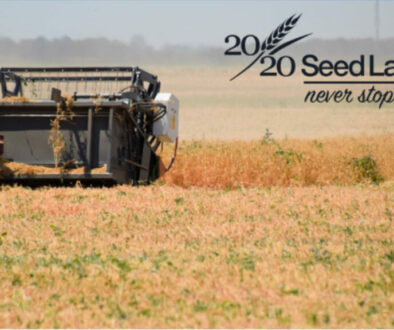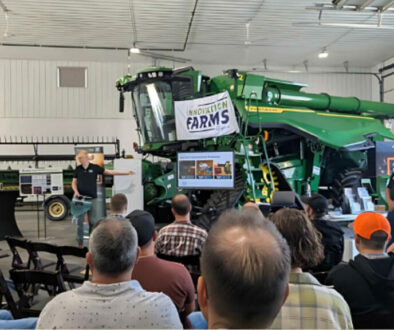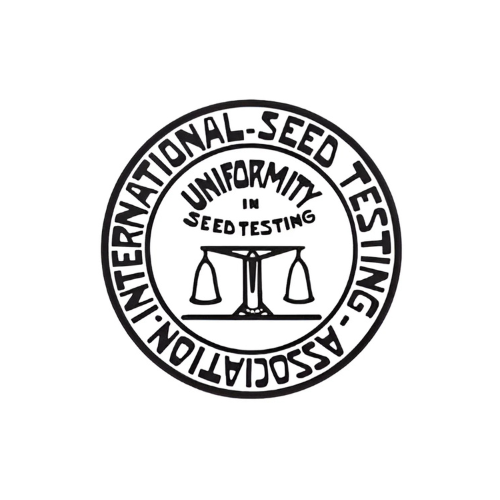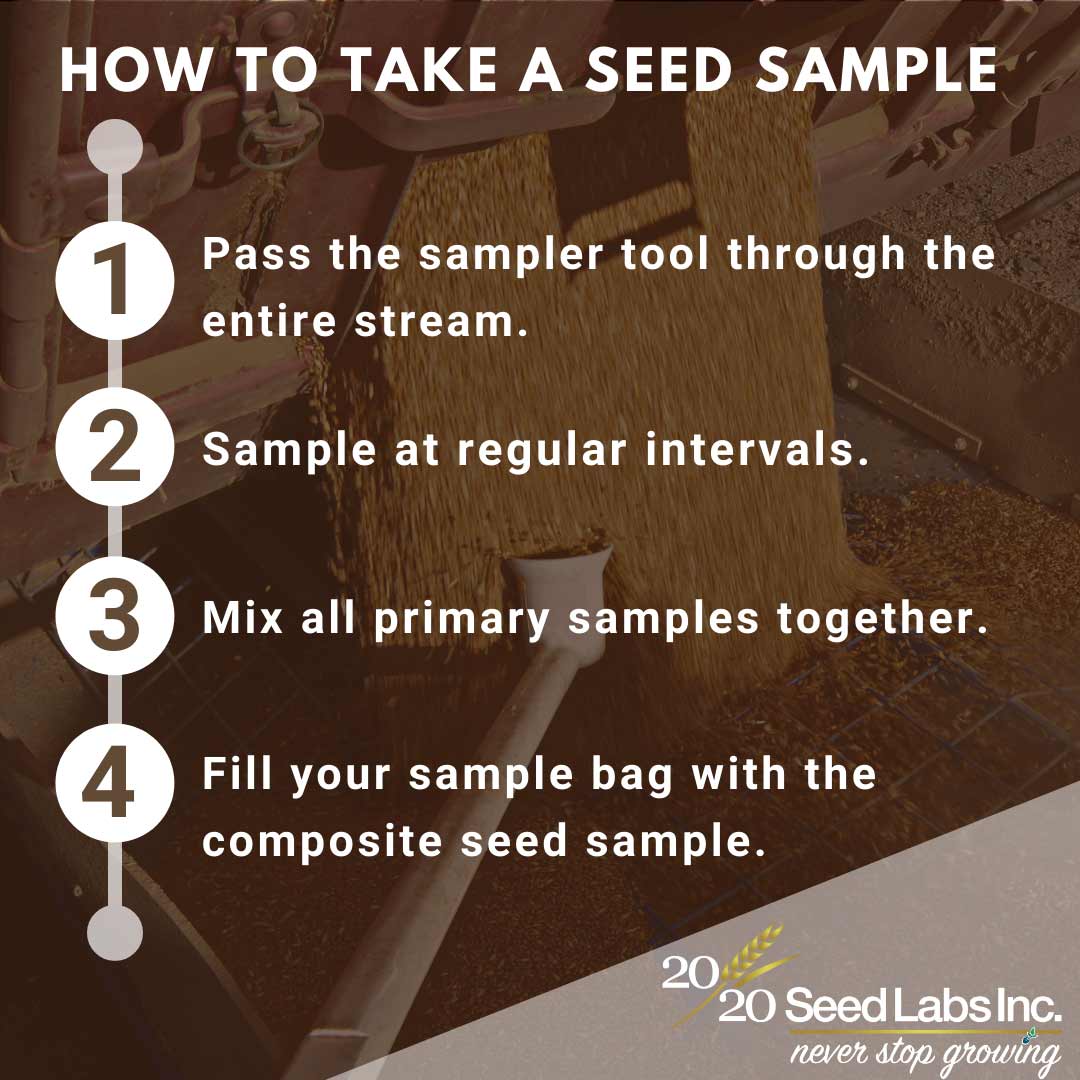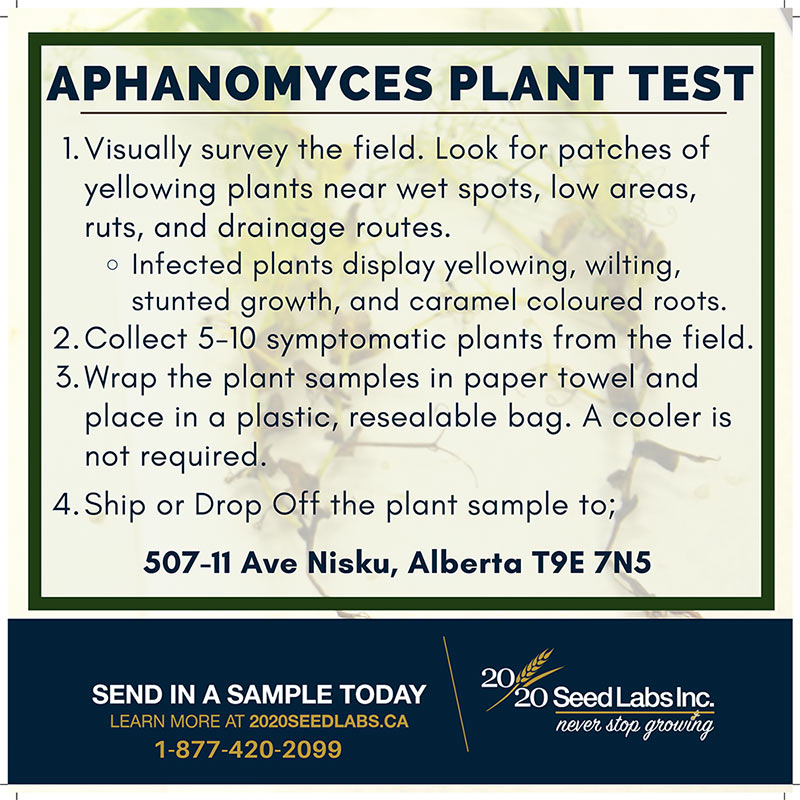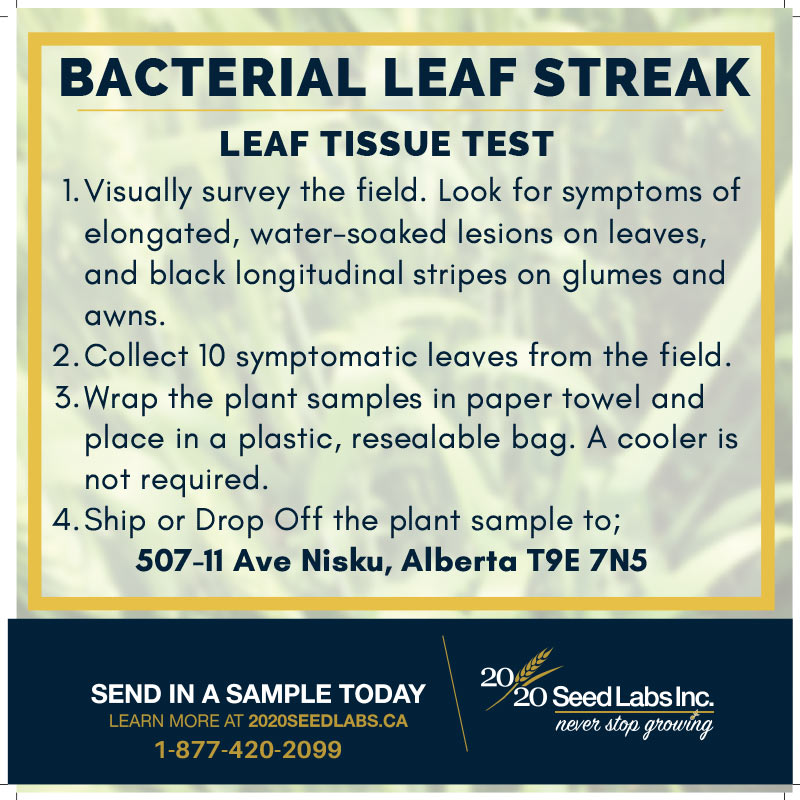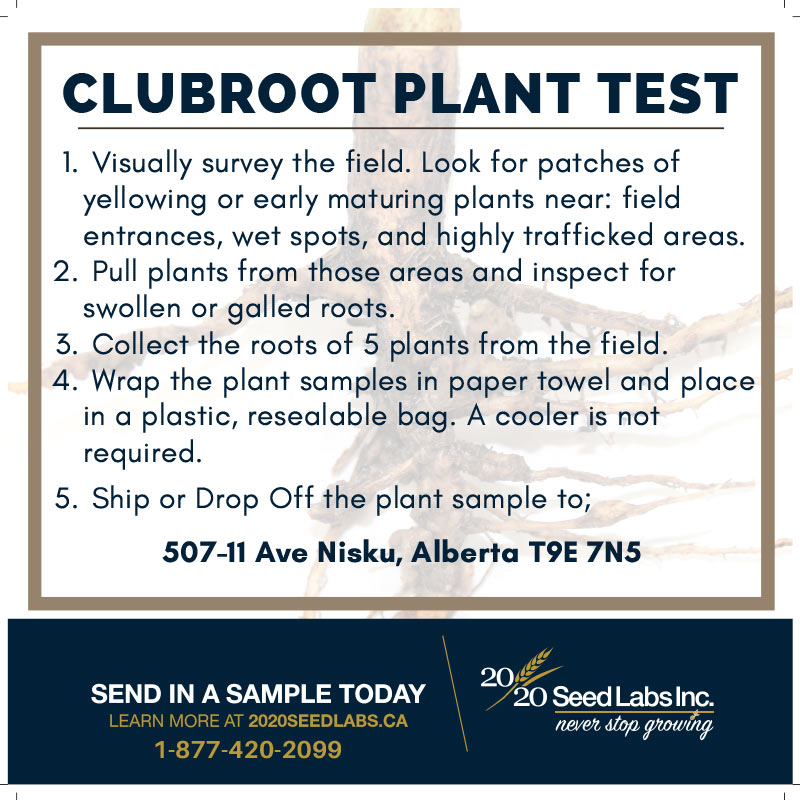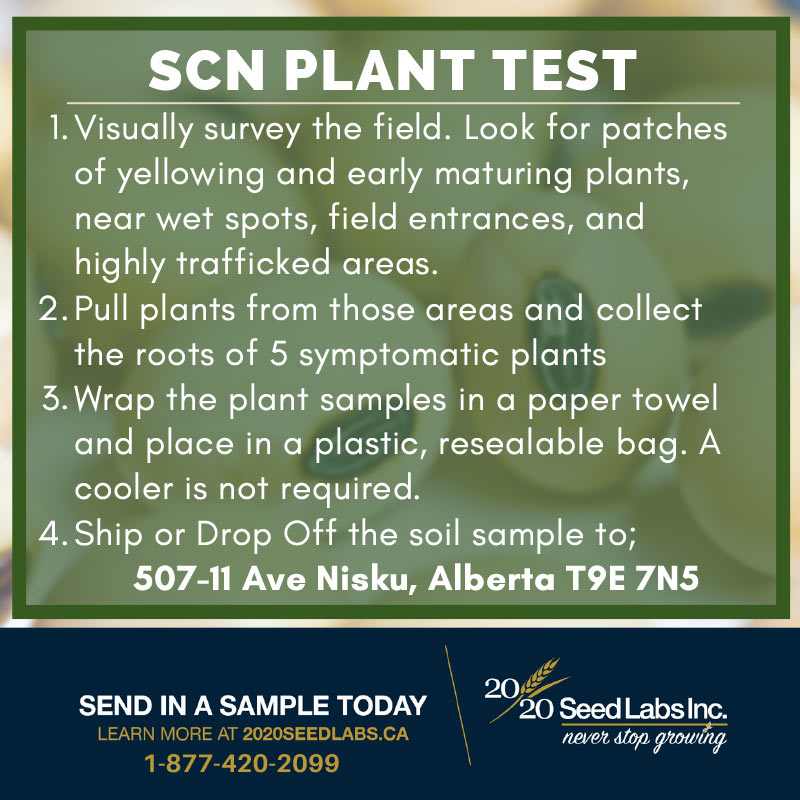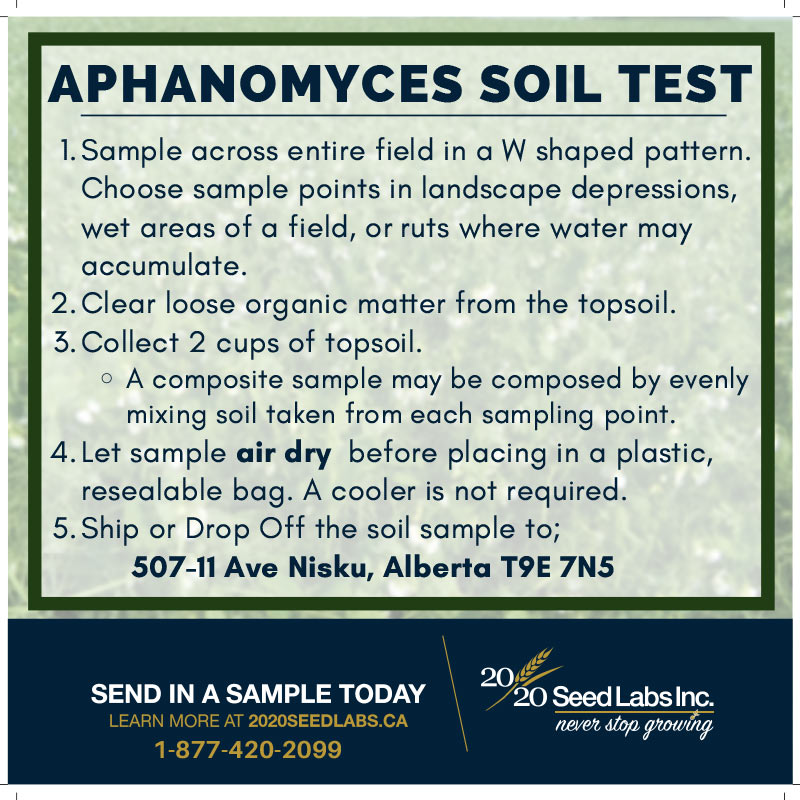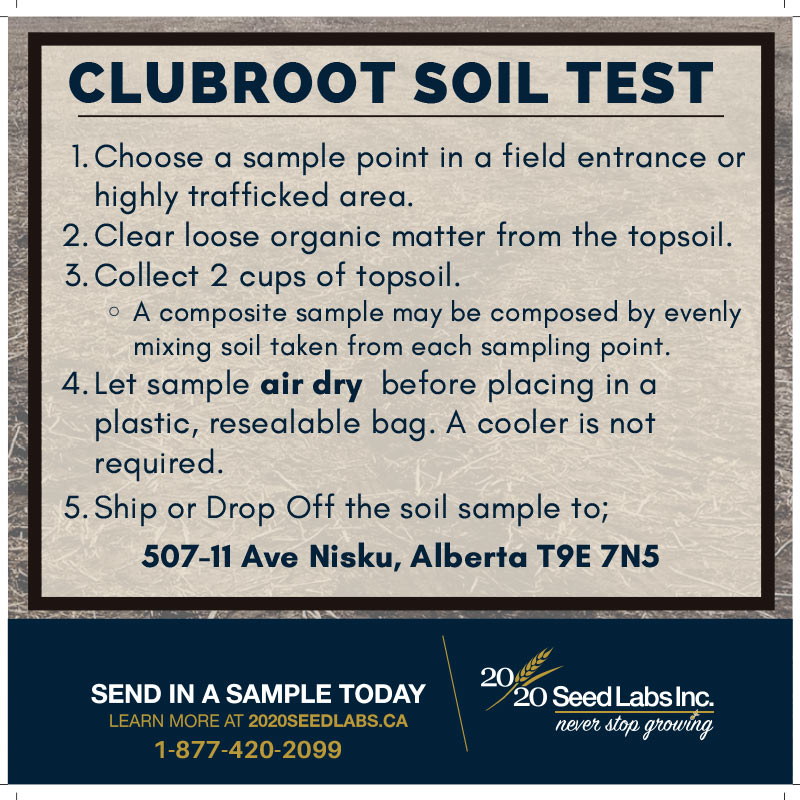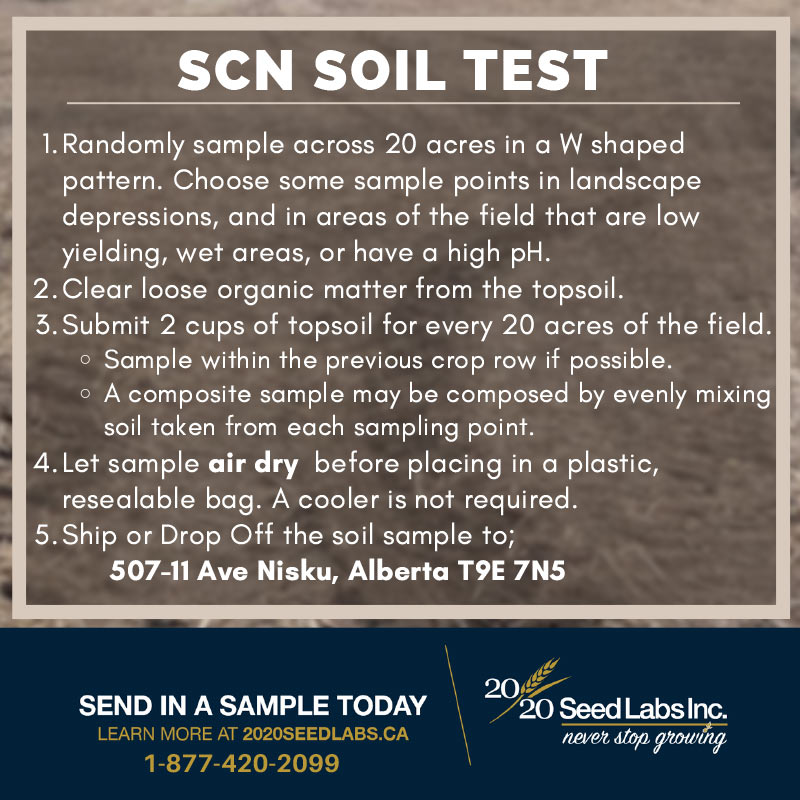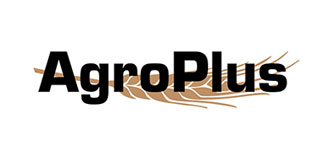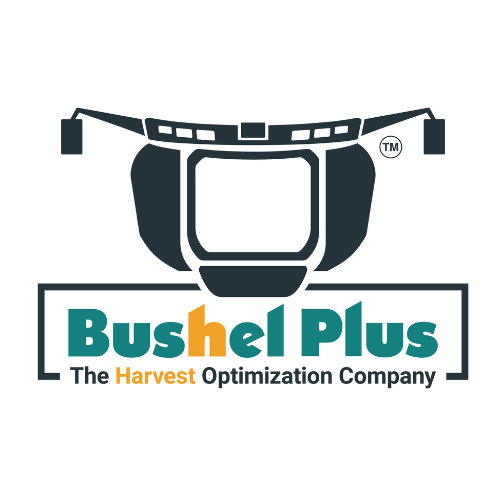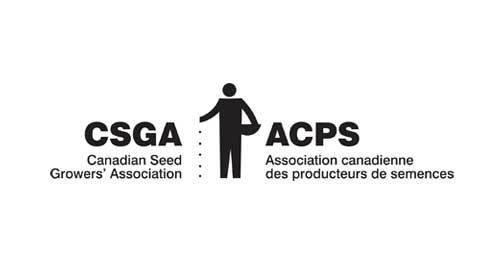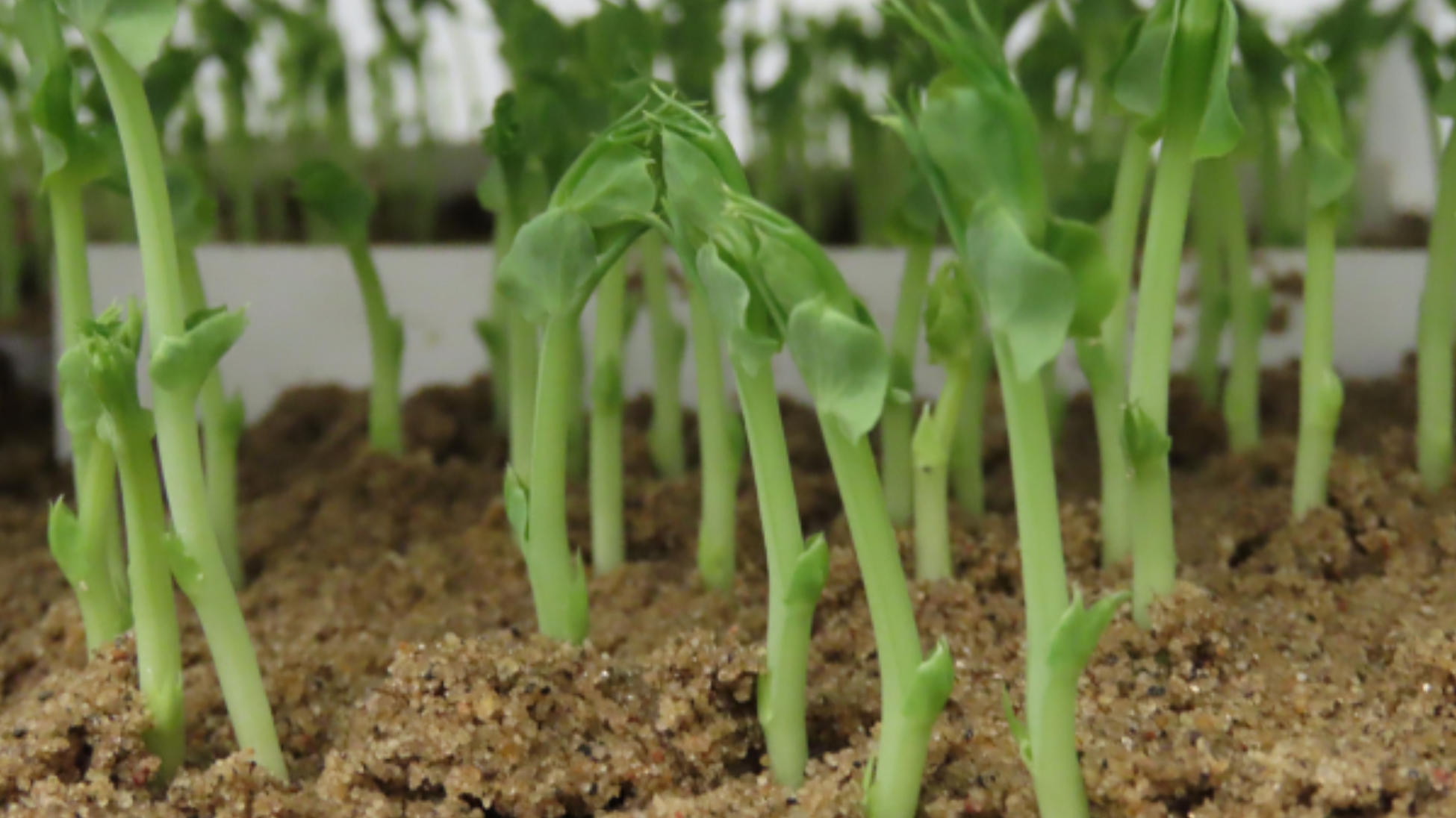
When we talk about seed quality, farmers often think first of germination — that is, how many seeds out of will sprout under ideal, laboratory conditions. And yes, germination is critical. But if you stop there, you may miss half of the picture.
Think of your germination results as the “perfect-world” number — what your seed can do when everything goes right. But anyone farming on the Prairies knows that late-season weather, harvest stress, and storage conditions can all take a toll. That’s why at 20/20 Seed Labs Inc., we see germination as only part of the story — it tells you the potential, not the performance.
In a real Canadian spring — with cold soils, uneven moisture, frost, soil crusting, and pathogen pressure seeds are rarely growing under “ideal” conditions. That’s where vigour comes in. Vigour measures how robust that seed lot will be when conditions are less than perfect.
In seed science, vigour is what defines a seed’s ability to germinate and establish rapidly, uniformly, and strongly, even when the environment isn’t cooperating. That’s why pairing a germination test with a vigour test gives you both sides of the story: what could happen (germination) and what likely will happen (vigour under stress).
A Farmer’s Story: When Good Germ Falls Short
Let’s paint the picture.
You’ve just had your seed cleaned and tested.
The germination report comes back at 95% — looks great, right?
You move ahead with seeding plans as usual, confident in your lot.
Then spring drags its feet. Cool soil, heavy rain, and a few hard crusts form after a late snowmelt. Emergence is patchy, thin, and uneven. You’re left wondering what went wrong when the germ test looked so strong.
The answer often lies in the missing piece, and this is the seeds vigour.
A lot can show high germination under perfect lab conditions but still perform poorly in the field if its vigour is low. A vigour test might have shown 95% germination but only 75% vigour a clear sign that the seed would struggle under stress. Knowing that ahead of time can mean the difference between a strong stand and a re-seed.
At 20/20 Seed Labs, we’ve seen this play out in our demonstration plots.
When germination and vigour results were both high, stands were strong and uniform. But when vigour lagged, emergence was slower and uneven — even though the germination looked fine on paper.
Germination vs. Vigour Side by Side
|
Feature |
Germination Test |
Vigour Test |
|
Conditions |
Ideal stable temperature, moisture, aeration |
Stressful, simulates cold, wet, or aging conditions |
|
Purpose |
Measures potential under best case conditions |
Measures performance under real-world stress |
|
Sensitivity |
May overlook subtle damage or aging |
Detects hidden weaknesses early |
|
Best Used For |
Regulatory, sales, baseline viability |
Management decisions, seeding rate adjustments |
|
Tells You |
If everything goes right, this % will grow |
If conditions get tough, this % will still make it |
How Vigour Tests Work (Without the Jargon)
You don’t need to be a seed analyst to understand the basics:
- Cold or Saturated Cold Test
Seeds are germinated under low temperatures or high moisture to mimic early-spring stress. Those that emerge and grow strong are counted. - Accelerated Aging Test
Seeds are briefly exposed to heat and humidity, simulating time and stress. Afterwards, germination is re-checked. The higher the surviving percentage, the stronger the vigour. - Radicle Emergence (RE) Test
Measures how quickly and uniformly a seed begins root growth — often a strong predictor of field emergence.
At 20/20 Seed Labs, we select the method that best fits your crop and regional growing conditions. Our goal is to give you data you can act on, not just numbers for the file.
Putting It to Work on Your Farm
Here’s how to make your testing results practical and profitable:
- Request both tests together.
Germination alone gives you a partial view. Pairing it with vigour adds insight — especially for pedigreed seed or carry-over lots. - Watch the gap.
A large difference between germination and vigour (more than 10%) signals a risk under cool or wet conditions. - Adjust your seeding rate.
Lower vigour may mean bumping your rate to hit target plant stands. - Match the seed to the conditions.
For early seeding or marginal soils, use lots with high vigour. Save weaker lots for later or warmer conditions. - Retest before seeding.
Seed stored through winter can decline — vigour is often the first to slip. A quick retest in spring can prevent surprises. - Use vigour data to your advantage.
Pedigreed growers who market their seed with vigour results add value. It demonstrates transparency and confidence in your product.
Why It Matters in Western Canada
- Our conditions are unpredictable. A cool May or a heavy rain can quickly separate strong seed from stressed seed.
- It protects your investment. You’ve put time and money into production — testing both germ and vigour ensures that effort pays off.
- It supports your reputation. When your customers open the bag, they expect seed that performs. Vigour results back that promise.
- It builds resilience. Over time, pairing germination and vigour data helps you recognize which production and storage practices maintain top seed quality.
The Bottom Line
Germination tells you what could happen.
Vigour tells you what will happen when the weather turns against you.
Testing both isn’t an extra — it’s an advantage.
At 20/20 Seed Labs Inc., our analysts see thousands of samples each season, and the difference between good seed and great seed often comes down to vigour. Whether you’re producing pedigreed seed or growing your own crop, combining germination and vigour testing gives you a clear, confident view of your seed’s performance potential — before it ever hits the ground.
Ready to put your seed to the test?
Visit www.2020seedlabs.ca to learn more about our testing services and how to submit samples. Because seeing your seed’s true potential — that’s our vision.
